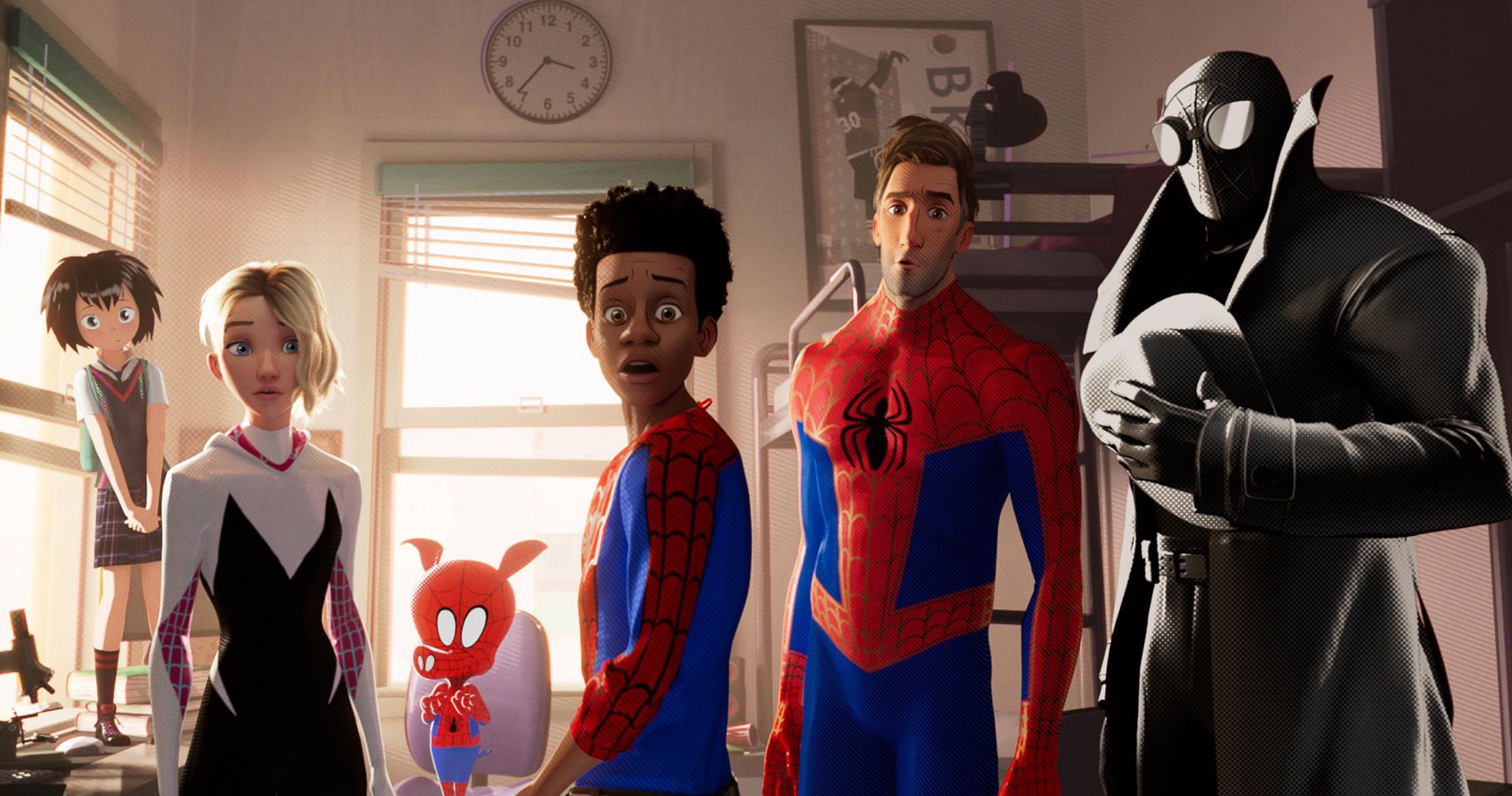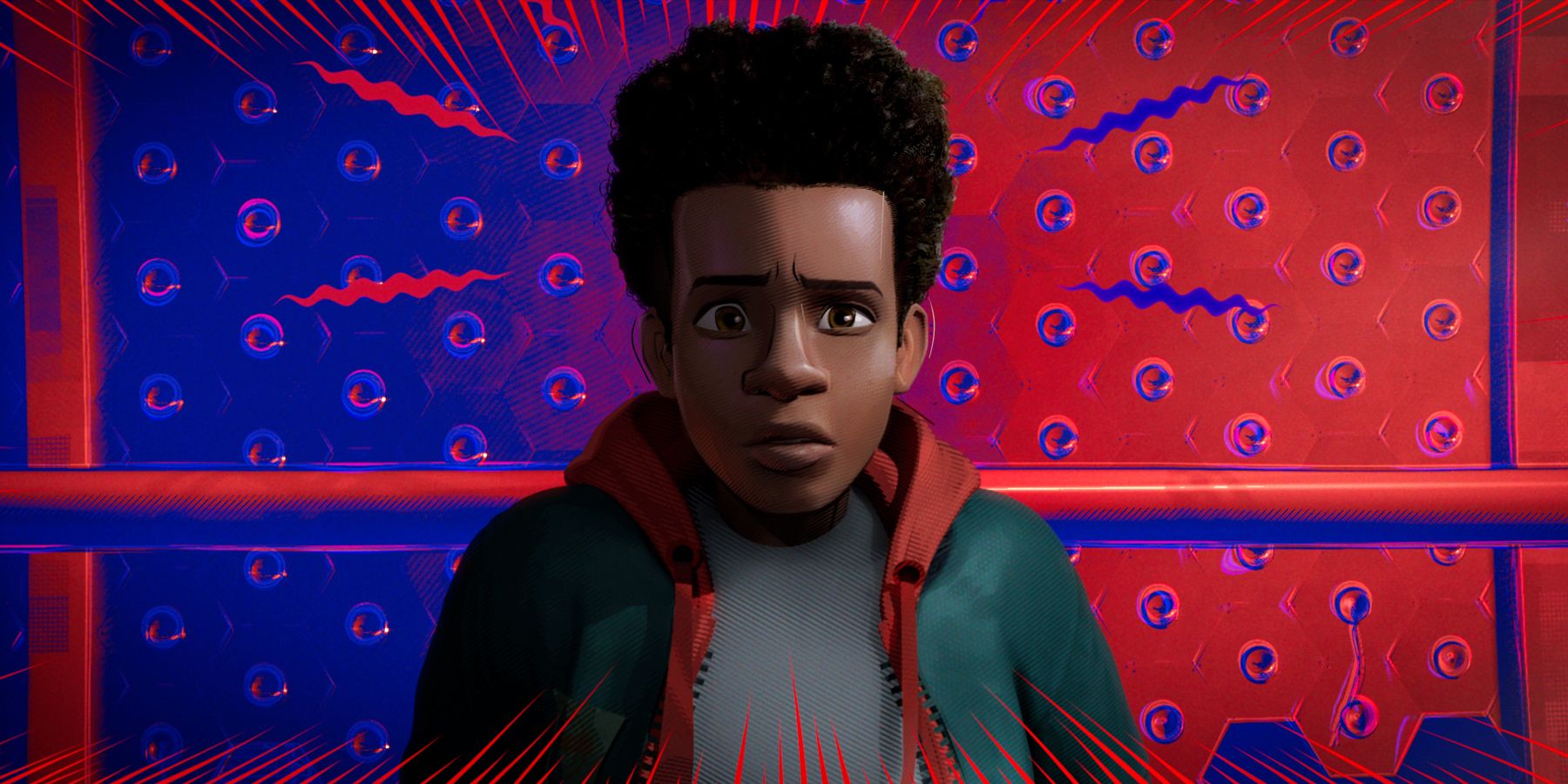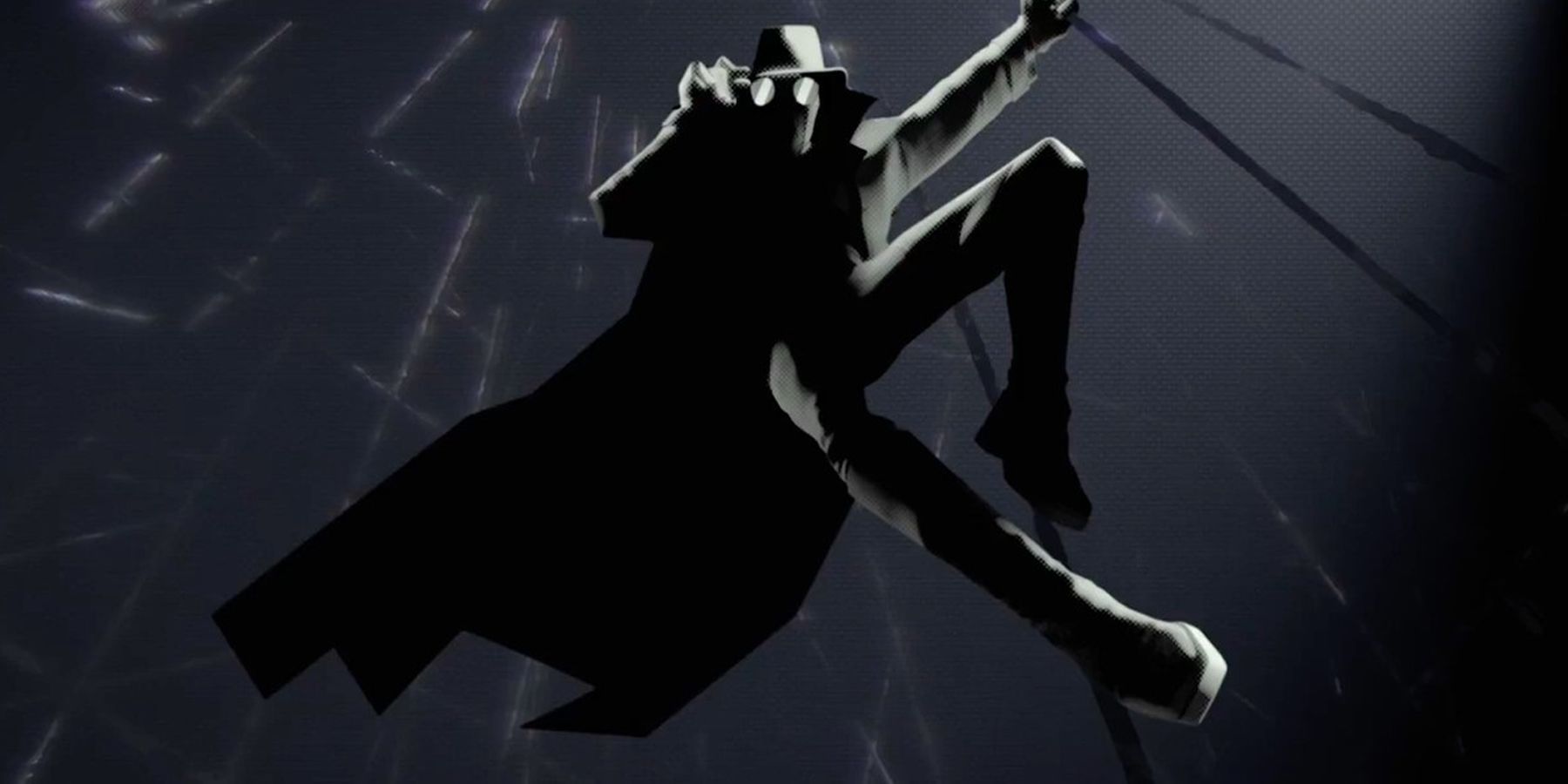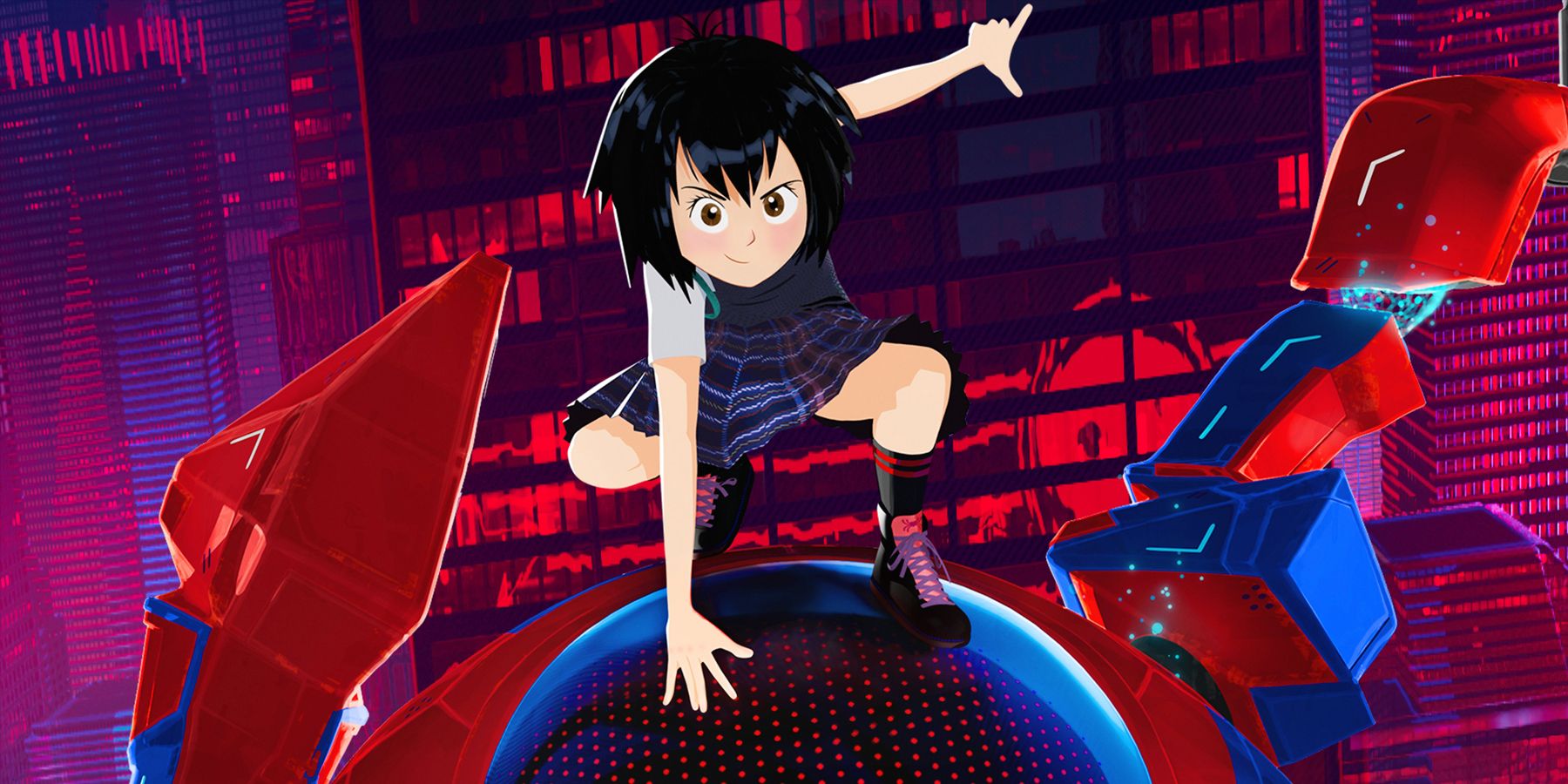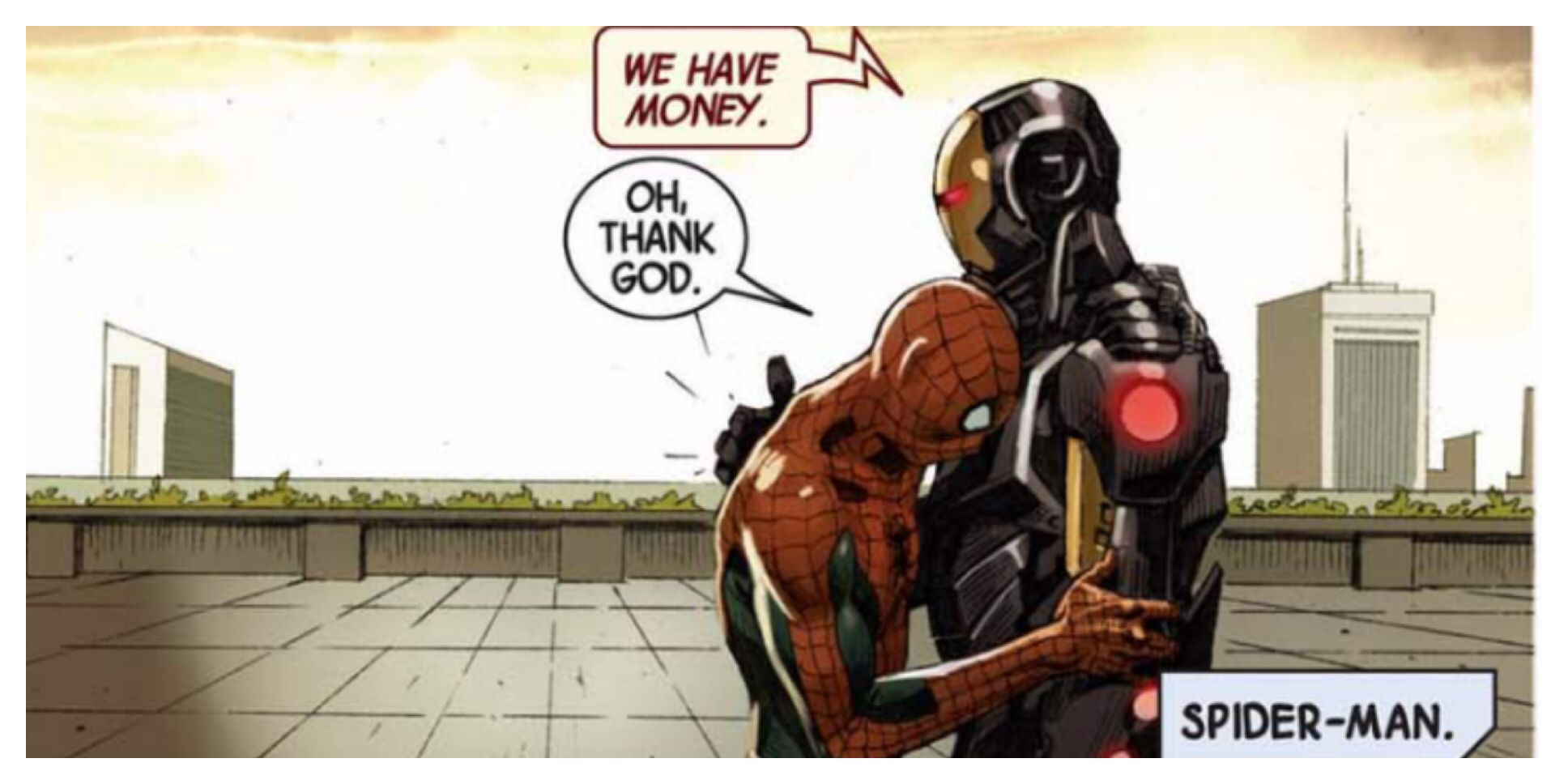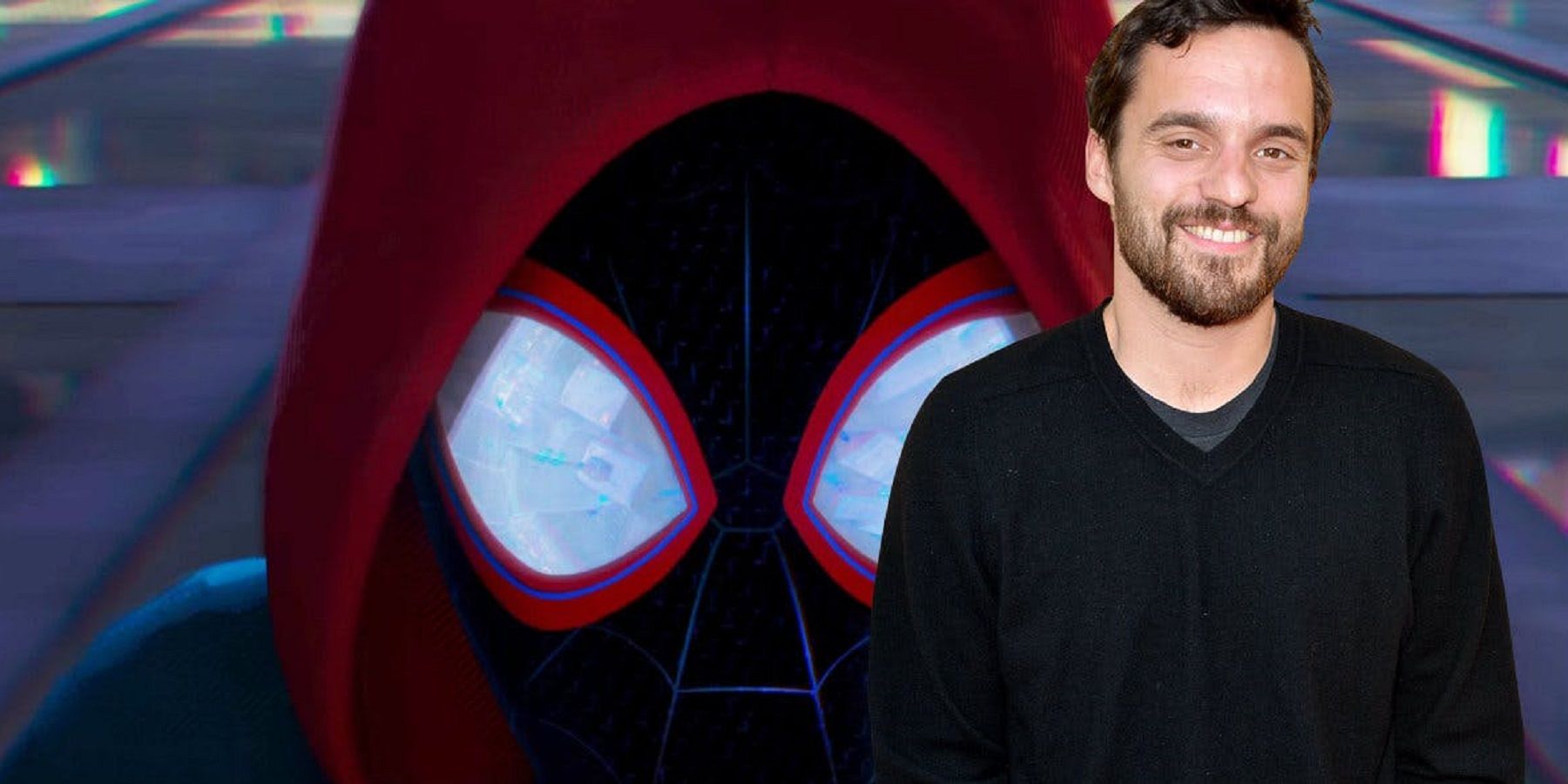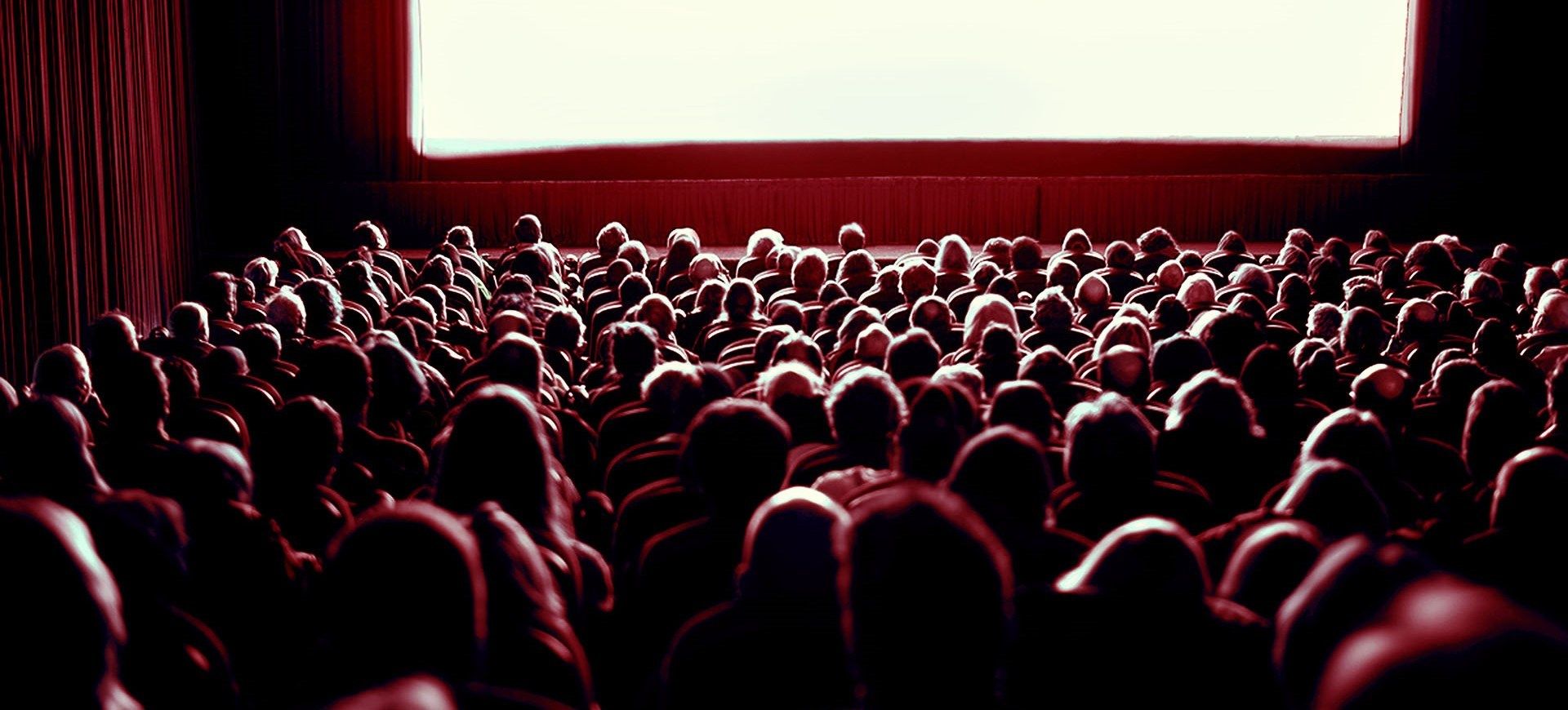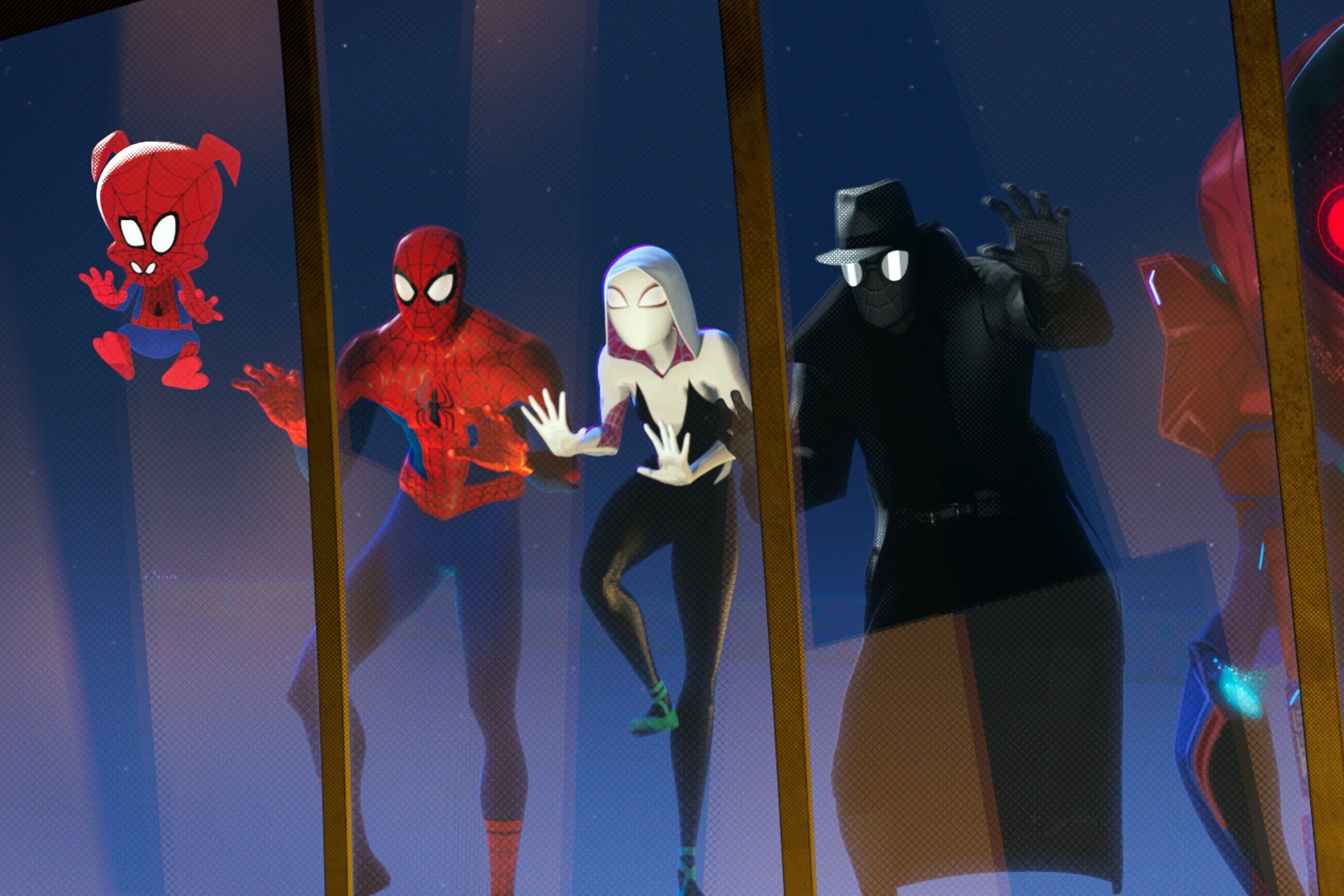With Spider-Man: Into The Spider-Verse already sweeping awards season, taking home every best-animated feature award it has been nominated for, it’s not a stretch to say the Marvel and Into The Spider-Verse have successfully cracked what it takes to make a truly revolutionary animated feature film.
On the other end of the spectrum, however, the DC animated universe has struggled to create something of equal, or even similar quality. So what is it that Marvel and the team that worked on Into The Spider-Verse have keyed into? What lessons can the DCAU take from Marvel’s massive success? And how can they take those lessons and create something that will leave fans in complete awe the way Into The Spider-Verse has? Let’s find out.
7 7. Diversity & Representation
Let’s do a little experiment, shall we? Think about every single DC film that you can muster, animated or otherwise. Now picture every character you can recall. How many of those faces are from characters of color? And I’m not talking about Beast Boy green or Starfire orange either.
RELATED: Spider-Man: Into the Spider-Verse Wins Another Prestigious Award
With Into The Spider-Verse, Marvel has made it abundantly clear that it’s a company not afraid of showing a little diversity, which is impressive in and of itself, but even more so when you consider just how big a property like Spider-Man is to them.
In just their first theatric outing, Marvel has introduced an Afro-Latino Spider-Man, a Spider-Woman, a Latino Spider-Man (post credits), and even a Spider-Ham. Yes, the DCAU has characters like Cyborg and Jaime Reyes’ Blue Beetle, but the rest of the DCAU’s animated lineup is rather pale in comparison. (See what I did there?)
6 6. Unique Art Direction
Probably the most impressive aspect of Spider-Man: Into The Spider-Verse was the brilliant comic-inspired art direction the film took. I don't have to tell you that Spider-Man: Into The Spider-Verse had an absolutely brilliant and unique art direction that respected the comic book roots while innovating and pushing the medium forward. Going forward, the DCAU cannot simply copy what Sony and Marvel did with Into The Spider-Verse, it needs to learn from the brilliant artists that worked so hard on the film (or hire them) and do something new and exciting based on the art direction of their new projects.
If the DCAU can manage to respect the source material while somehow managing to help push the medium forward the way Sony and Marvel have, they’re sure to be off to a good start.
5 5. Experimentation
Spider-Man: Into The Spider-Verse took some pretty massive risks as far comic book adaptations go. For one, the decision to make Peter Parker a secondary character to Miles Morales is something that the Marvel films hadn’t even hinted at until that point.
RELATED: Miles Morales Needs Some More Costumes in His Wardrobe
Another thing Into The Spider-Verse was willing to play with was the actual source material; not only did Into The Spider-Verse go anywhere near as expansive as the comics, but they hardly followed them at all, something that many comic fans tend to be thoroughly upset by. All in all, Into The Spider-Verse was a major experiment as well as a gamble for the studios, and it certainly paid off.
4 4. Budget
Something that Marvel and Sony did very early on for Spider-Man: Into The Spider-Verse was place a large bet on its success. A $90 million bet, to be precise. While the DCAU’s Reign Of The Supermen was backed by a massive $130 million budget, previous outings in the DCAU have been granted much smaller budgets. For comparison, Teen Titans: Judas Contract was granted only a $3.5 million budget and Justice League: War was granted a budget of $3.5 million as well.
If the DCAU is hoping to win big come next (or any) awards season for an animated feature film, then they’ll need to be willing to put the kind of money behind the film that brings in the best talent and technology possible to build something they can truly be proud of.
3 3. Casting
Another lesson the DCAU needs to learn from the work done during all stages of Into The Spider-Verse is that the casting is very important and it can elevate a good movie to a great one.
RELATED: Spider-Verse's Miles Morales Auditioned For Classic Star Wars Character
It’s entirely possible that DCAU films will use the same voice actors that they’ve been using for a theatrical release (which has its pros and cons), but if that doesn't happen, then DCAU films is going to need to find voice actors capable of filling the roles that have been held in high regard for years. However the DCAU films plan to handle things pre-production, casting is certainly something many fans will be keeping an eye on.
2 2. Theatrical Release
If the DCAU has any hope of competing with Marvel and Sony's new animated universe, then they’re going to need to release their animated feature films in theaters at some point. By bringing their expectations up to a level of quality standard for theatrical releases rather than focusing solely on direct to DVD/Blu-ray/and streaming services, the DCAU will be able to show fans that they’re here to take these projects seriously. Watching a movie at home, like most audiences find themselves doing when viewing a new DCAU film, is simply that: watching a movie at home. Going out to the movies is an entirely different experience and an experience that fans of the DCAU deserve.
1 1. Connecting With The Audience
One of the things that Spider-Man: Into The Spider-Verse did incredibly well was its ability to connect with the audience. This last point kind of goes along with the diversity point, but it’s important enough to double-back on.
NEXT: Avengers: Infinity War, Into the Spider-Verse Lead Visual Effects Awards
Nowadays, production companies can't simply make a superhero film and expect it to make millions of dollars. There have been too many superhero films that have come out; in order to stand out, production companies need to do something better or different and unique. Audiences need someone to look up to and see themselves in. That means that the DCAU is going to have to solidify some of the changes they’ve been trying to make in regards to their films, but with that being said, the future is looking pretty bright for DC’s animated universe.

